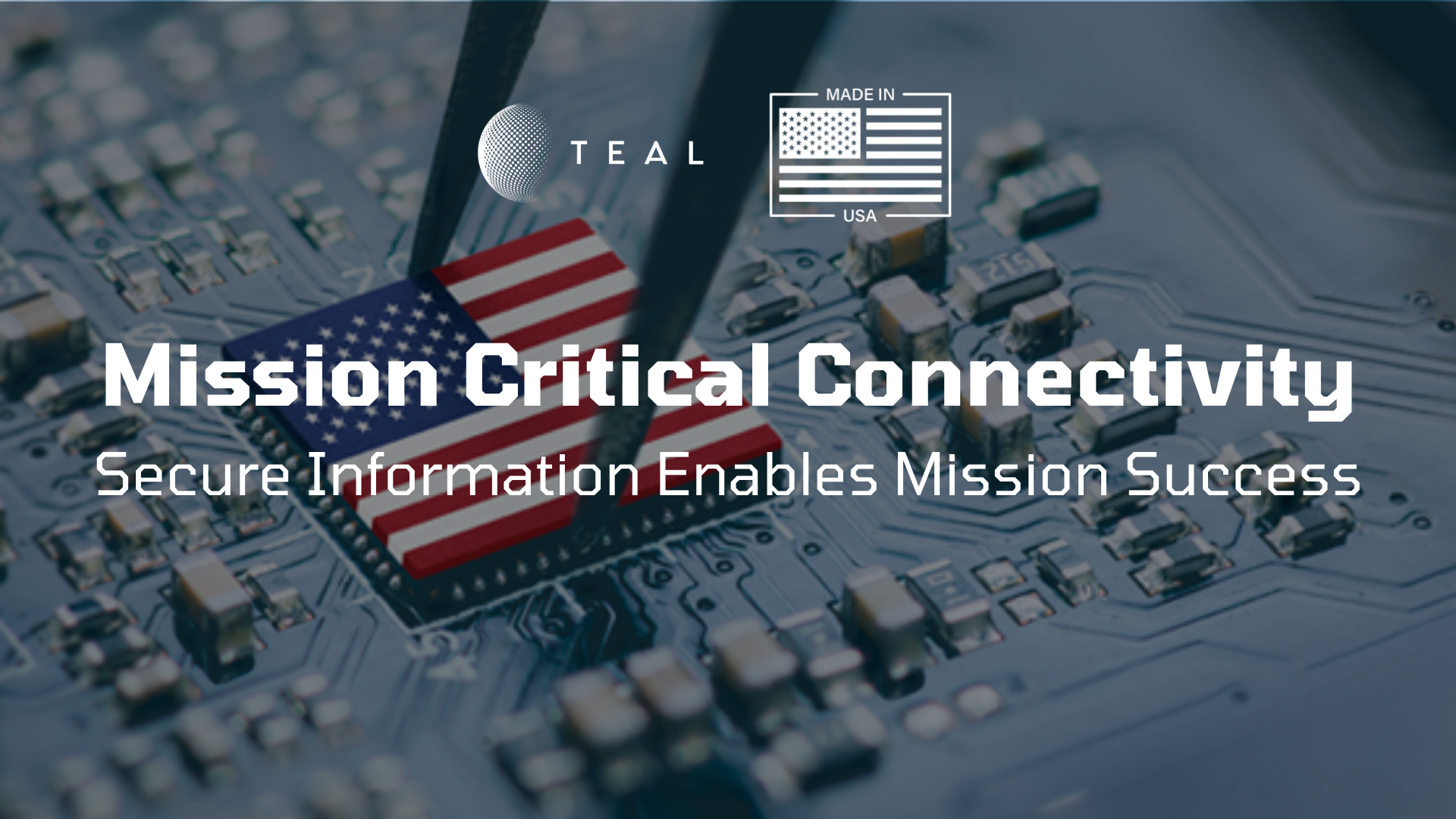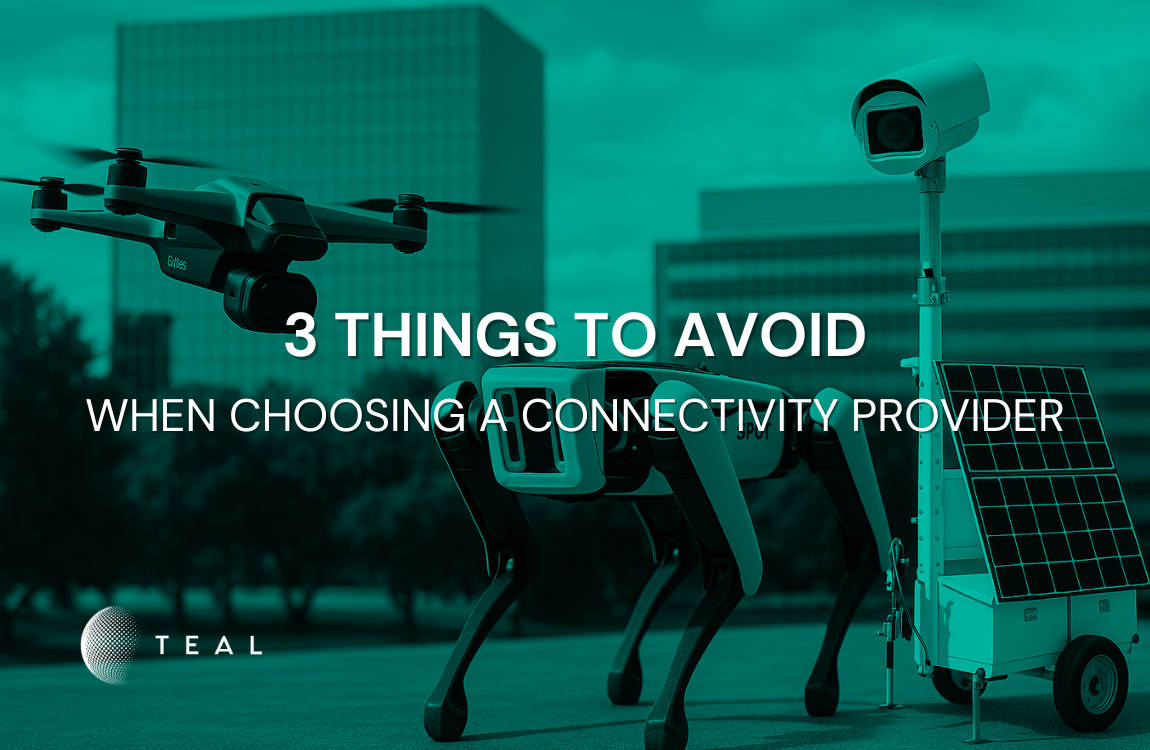How Covid-19 Will Accelerate IoT Growth
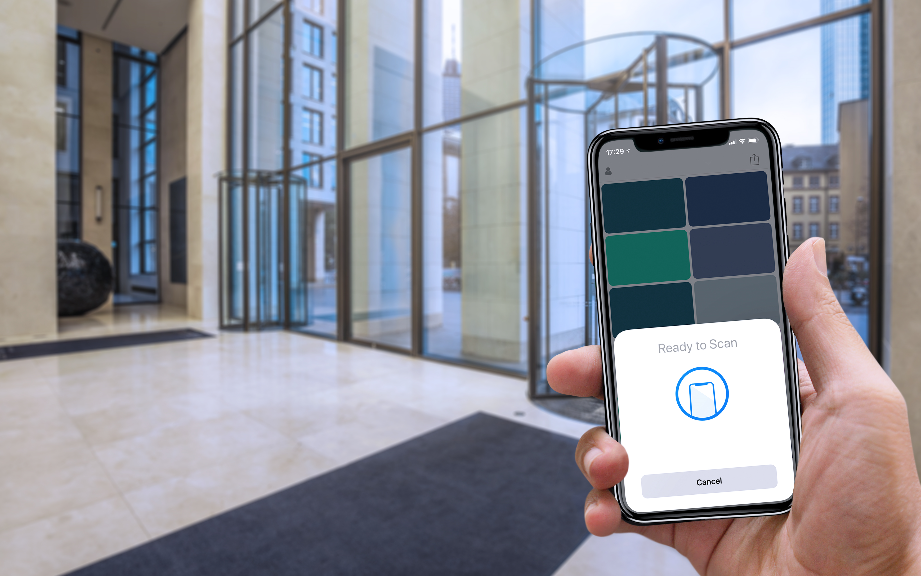
Prior to Covid-19, the Internet of Things (IoT) was already projected to see a massive spike in connected devices over the next decade. While industry projections vary, the widely accepted figure of “connected things” expected by 2025 is pegged between 70-100 billion. This universe consists of tablets, drones, asset trackers, cars, sensors, refrigerators, lightbulbs, coffee machines, scooters, wearables, robots, medical devices, and much more.
The emergence of Covid-19 has led people and companies around the world to reimagine what were previously routine tasks. For example, in the pre-coronavirus world, most people would go to the grocery store or hail an Uber without a care. Now, going to pick out everyday essentials at the local market is an exercise that requires extreme caution and proper social distancing. Oh, and hailing an Uber is almost unheard of…
While we hope and expect life to normalize at some point soon, the reality is that Covid-19 will likely change many human behaviors for good. Because of this, IoT devices facilitating minimal human interaction that have become necessary in the short-term will likely remain a priority even after the worst of Covid-19 is over.
Here are five areas in Internet of Things space that we believe will see the most explosive growth as the result of Covid-19.
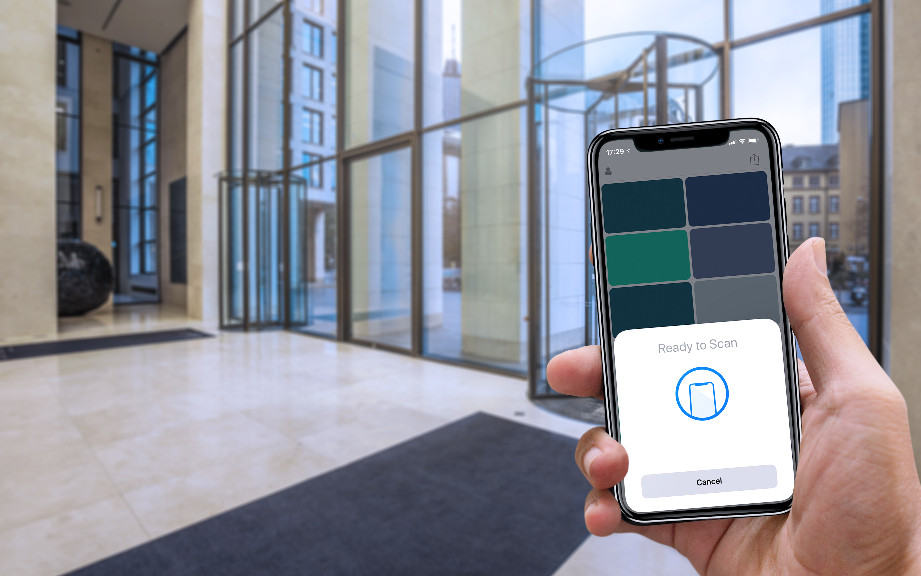
Delivery Drones
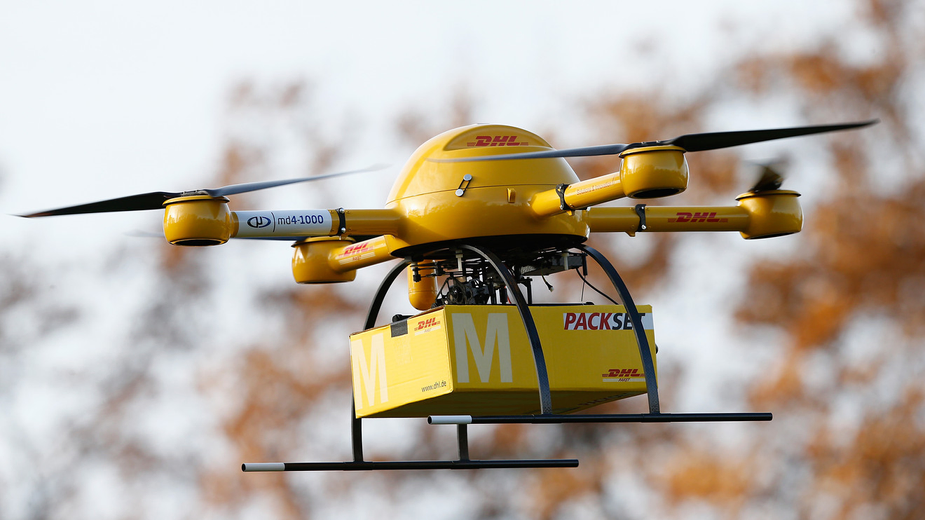
It might seem futuristic, but the future is now. In early May, CVS and UPS will begin offering drone-based prescription drug delivery in Florida. And several other companies and countries have already launched drone delivery services to transport small but essential goods. These services are most likely to be deployed in urban and suburban settings and could pave the way towards the widespread adoption of this delivery method.
Robots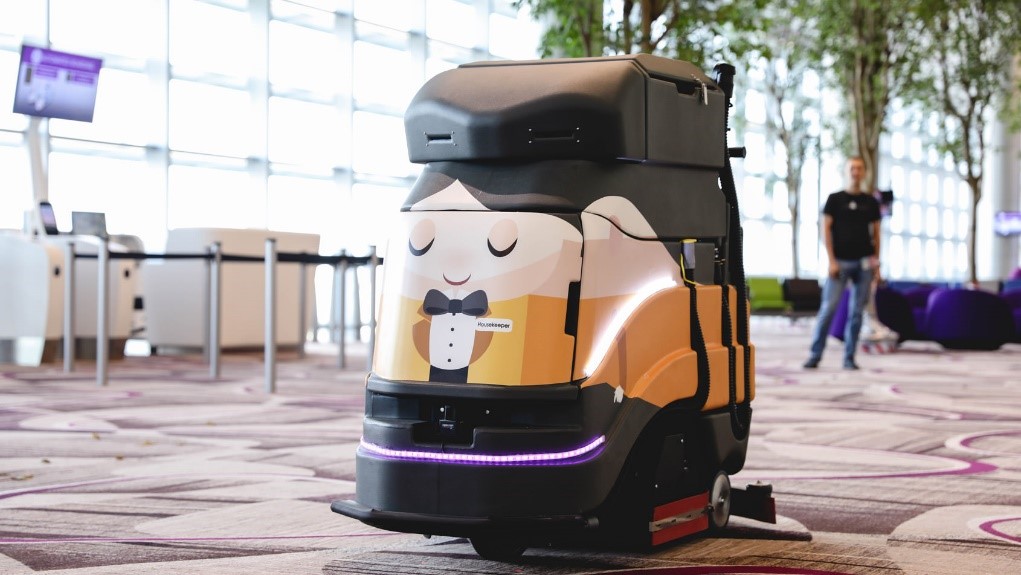
Many people still associate robots to Tinseltown’s depiction in movies like I, Robot. However, the use of robots has seen a massive surge in the industrial IoT space as manufacturers have worked to automate and manage tasks. Given the emergence of Covid-19, we expect robots to play an even more prominent role in every day life, specifically performing tasks that minimize human interaction like cleaning buildings, harvesting crops, mowing lawns, patrolling parking lots, performing surgeries, and fulfilling orders in warehouses.
Asset Trackers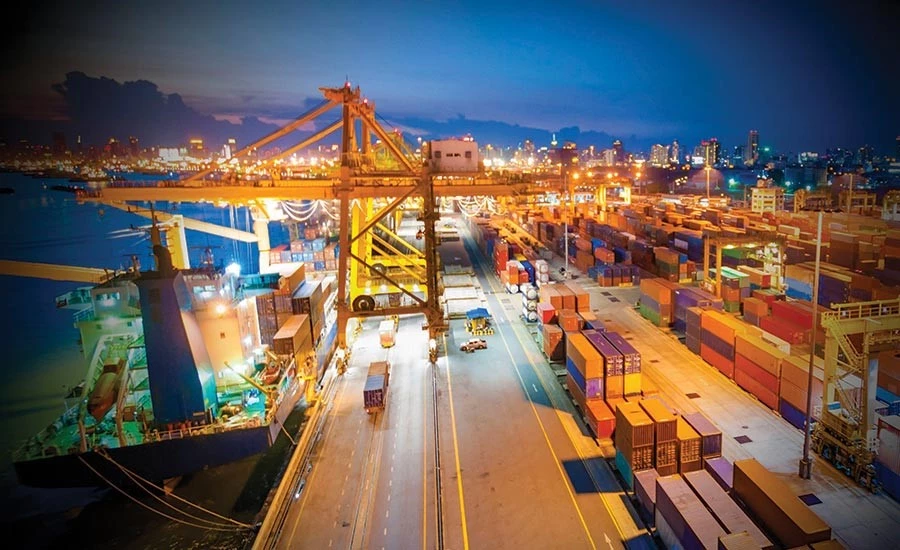
The push to make supply chains smarter was well underway prior to Covid-19. However, with an increased need to keep track of resources that are critical or expiring, such as medical devices and food, asset trackers are currently in high demand. This demand will likely push forward transformations in logistics and supply chain management, ensuring assets are tracked at every stage of production and distribution.
eLockers
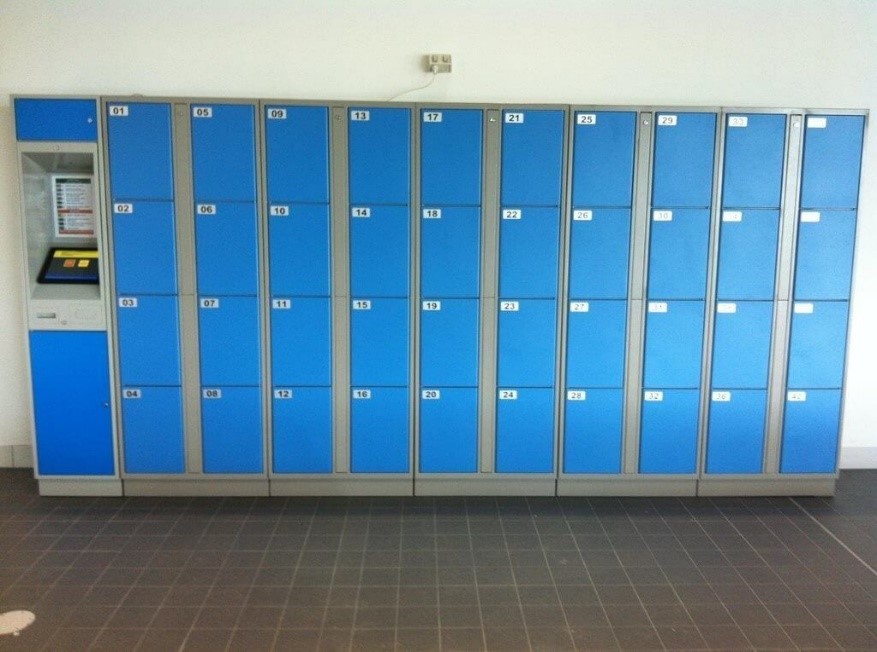
Picking up a package or your groceries used to require an element of human interaction. Not today. The use of eLockers has exploded in apartment buildings, grocery stores, warehouses, and office buildings, as people aim to streamline the process of collecting their goods.
Recent Posts
New Podcast! Space and Air Supremacy: The Role of Drones in Modern Warfare
Teal Communications Staff2025-06-25T20:15:23+00:00
Mission Critical Connectivity: Secure Information Ensures Mission Success
Teal Communications Staff2025-06-25T02:21:28+00:00
3 Things to Avoid When Choosing a Connectivity Provider
Teal Communications Staff2025-06-20T20:53:06+00:00


